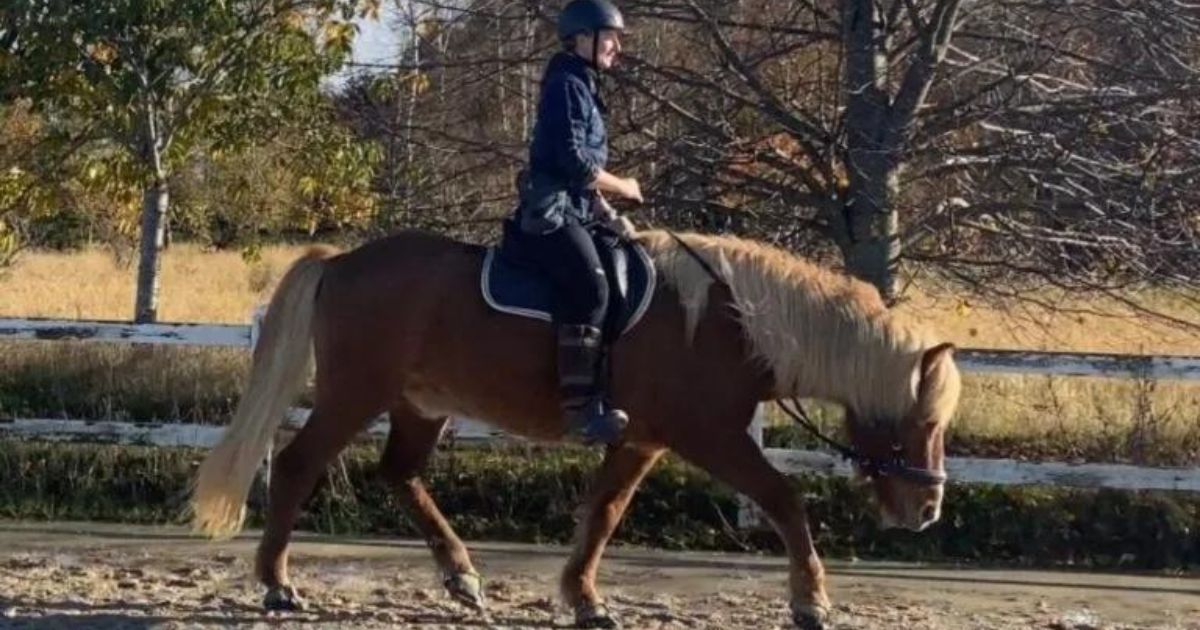Menu

Even if you cannot ride your horse on a trip for one reason or another, there are also several benefits to taking a walk with your horse. But do you dare to let your horse lead the way?
There's no doubt that it's wonderful to get out into nature with our lovely horses! It's good for both horse and rider, but the trip doesn't always have to involve a saddle and bridle. Sometimes we can also dismount from the horse and walk alongside – or let the horse lead the way.
The latter has been experimented with by 30-year-old Nuka along with her 17-year-old Icelandic gelding Gáski.
Read also: Despite a cosmetic flaw, Lyra has found her dream pony: She is my best friend
Gáski and Nuka Signe Pape Thomsen have been a team for nearly five years, and to this day, their training is based on Gáski's terms. For Nuka, the most important thing is always that Gáski is happy. They play their way to learning, and Gáski always has the opportunity to opt out of the training.
On a trip – whether they are riding or walking – Gáski can freely explore new paths, sniff around, and signal when it's time to head home. Nuka finds that Gáski loves having a say in the hours they spend together. This motivates him to say yes when Nuka comes up with challenges and suggestions.
In their little bubble, they have together found their own path to cooperation and presence, which no Olympic medal could ever replace.
When you give your horse the opportunity to take the lead, it's easy to decode where the horse thinks there is something worth exploring – and then you can just follow along. Feel free to let your horse decide the pace and direction and see where it takes you.
It's important to emphasize that what works varies from horse to horse. An insecure or young horse may benefit from you walking alongside it.
Conversely, some horses may feel limited by you walking in front. It's more about experimenting with what works for you.
Moreover, you and your horse should of course know each other well and be comfortable with each other before embarking on trips – whether you walk beside your horse, behind it, or in front of it. If you walk behind your horse, you should not be so far back that it forgets you are there – but conversely, you should also not walk directly behind horses, so it can kick you if it gets scared or similar.
Read also: Recognizing equine conflict behavior
You should have control over the stop signal! It's also worth looking at whether your horse is pulling you, or if you are walking together.
Source: Dyrefryd
If you meet others on your way, or if you walk in a new area, you should of course always walk beside your horse. You can experiment a bit with the length of the lead rope. Maybe you gradually dare to increase its length. Alternatively, you can also try with long lines.
Read also: 10 myths about equestrian sports: True or false?
Practice the stop signal and similar on the track first. This applies whether you use ropes or long lines, and whether you use a halter or bit. You should just be sure that you know each other's signals before you venture out into nature. You should know that you can always stop your horse. It may be that it can stop on a voice signal or body language. It may also be beneficial to try in a place where you both are comfortable, know the area, and there is not too much traffic.
Do you dare to let go of control?